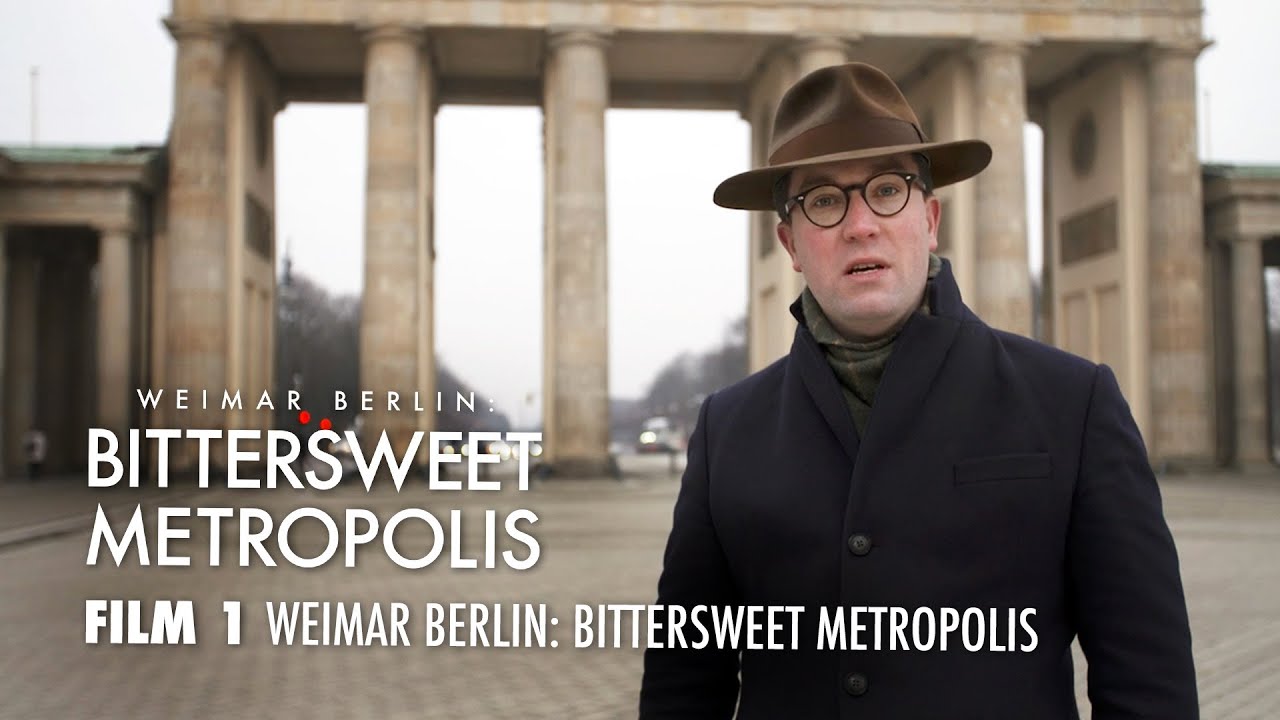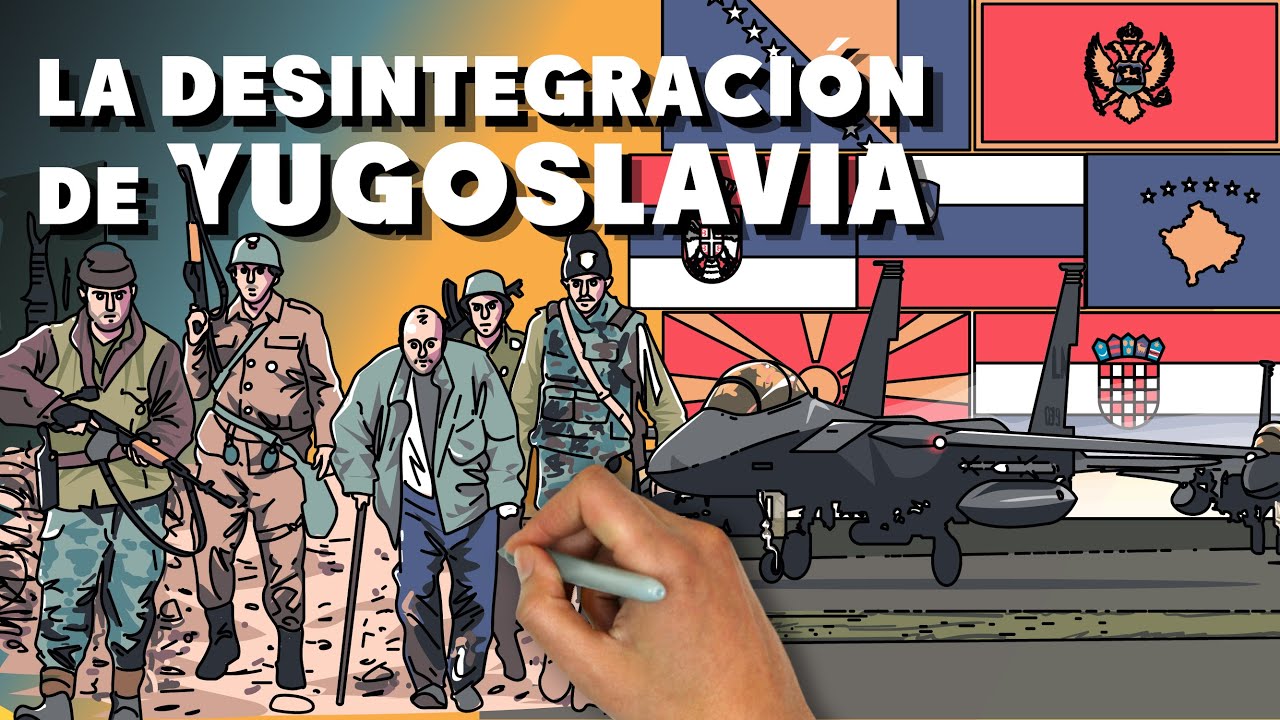The Genius Design of Communist Memorials
Summary
TLDRThe video explores the unique and abstract memorials of the Second World War in the former Yugoslavia, highlighting their artistic significance and the socio-political contexts from which they emerged. Unlike traditional memorials, these structures reflect a complex narrative of resistance and loss while attempting to unify diverse ethnicities under a shared Yugoslav identity. As the country fractured in the 1990s, many monuments fell into neglect or were destroyed, illustrating the struggle to redefine history and collective memory. Ultimately, these memorials serve as poignant reminders of the past and the ongoing challenges of identity in post-conflict societies.
Takeaways
- 😀 The memorials from the Second World War differ significantly from traditional ones, often eschewing flags and heroic figures for abstract designs.
- 🌍 Many of these memorials are located in countries that no longer exist, highlighting their historical context.
- ⚔️ The battle of Stalingrad was one of the bloodiest conflicts, with its memorials symbolizing national unity and sacrifice.
- 🕊️ In contrast, memorials in Germany reflect mourning for lost lives rather than victory.
- 🏛️ The memorials in former Yugoslavia serve as both artistic expressions and reflections of the complex ethnic tensions within the region.
- 📉 Initial memorials post-war were simple, while later ones embraced abstract forms influenced by Western art after distancing from Soviet styles.
- 🤝 The Yugoslav Communist Party aimed to promote a unified national identity through these monuments, which often downplayed ethnic and religious divisions.
- 🌸 Some memorials, like the one at Jasenovac, focus on reconciliation and remembrance rather than conflict.
- 🏗️ Despite their original intent, many memorials have fallen into neglect or been destroyed, particularly after the breakup of Yugoslavia in the 1990s.
- 🎨 The unique designs of these memorials represent a massive public art initiative that sought to unify diverse ethnic groups into a single Yugoslav identity, a goal that ultimately failed.
Q & A
What is the primary focus of the video regarding memorials?
-The video explores various memorials dedicated to World War II, highlighting their unique designs, historical significance, and the reasons behind their creation and abandonment.
How do the memorials discussed in the video differ from traditional ones?
-Unlike traditional memorials that often display flags, heroes, or victims, the discussed memorials feature abstract shapes and geometric forms, reflecting a unique artistic approach.
What does the 'Mother Russia' statue symbolize?
-'Mother Russia' symbolizes the power and unity of the Soviet nation, representing a victorious narrative of World War II, especially in the context of the Battle of Stalingrad.
Why did the memorials in former Yugoslavia take on a different artistic style?
-The Yugoslav Communist Party initially followed Soviet socialist realism but later distanced itself from the USSR, leading to the development of a distinct abstract style known as Spomenik.
What was the significance of the Tjentiste monument?
-The Tjentiste monument commemorates the resistance of Tito and his partisans against Axis forces during World War II, symbolizing bravery and sacrifice.
How did the Yugoslav civil war influence memorial designs?
-Due to the complex ethnic and religious tensions during and after World War II, memorial designs evolved to promote unity and reconciliation rather than highlighting divisions among the various groups.
What are some challenges faced by the memorials today?
-Many memorials have been abandoned or destroyed, often due to changing political landscapes and a lack of interest in their original purposes, leading to neglect and vandalism.
What role did local communities play in the creation of these memorials?
-Local communities initially created simple memorials, and later, many significant structures were initiated by these communities to honor their local histories and sacrifices.
How has the perception of these memorials changed in contemporary culture?
-In contemporary culture, the unique designs of these memorials have drawn interest for their aesthetic appeal, often being featured in art and media, but this sometimes overshadows their historical significance.
What educational resources are recommended in the video for learning about mathematics and programming?
-The video recommends using Brilliant, an educational platform offering interactive lessons in math, data analysis, programming, and AI, to help viewers improve their skills in these areas.
Outlines

此内容仅限付费用户访问。 请升级后访问。
立即升级Mindmap

此内容仅限付费用户访问。 请升级后访问。
立即升级Keywords

此内容仅限付费用户访问。 请升级后访问。
立即升级Highlights

此内容仅限付费用户访问。 请升级后访问。
立即升级Transcripts

此内容仅限付费用户访问。 请升级后访问。
立即升级浏览更多相关视频

Weimar Berlin: Bittersweet Metropolis (1/6)

L'arte bizantina-zanichelli

Kenapa Negara Besar Bisa Hancur.?? Sejarah dan Fakta Penyebab Runtuhnya Negara Yugoslavia di Eropa

Why World War 1 happened? | The Real Reason | Dhruv Rathee

La desintegración de Yugoslavia

Kenapa Ilmu Sosial-Budaya Kita Tidak Berkembang?
5.0 / 5 (0 votes)
